The fentanyl crisis in Portland has gripped the city with unparalleled intensity since Oregon voters passed Ballot Measure 110 in 2020. This measure decriminalised the possession of small amounts of hard drugs, including fentanyl and methamphetamine. While the intention was to offer compassionate alternatives to incarceration, the move coincided with a devastating influx of cheap fentanyl supplied by Mexican cartels during the COVID pandemic. Three years later, the fallout continues to overshadow efforts to combat addiction and crime, leaving Portland struggling to restore order.
Understanding the Fentanyl Crisis in Portland
Overdose deaths across the United States peaked at a grim 114,000 annually before dropping nationwide. Despite this drop, the fentanyl abuse in Portland remains an outlier, with overdose deaths continuing to rise across Oregon and other Western states. Known for its potency, fentanyl is 50 times stronger than heroin, making it highly addictive and significantly more dangerous. Just two milligrams can prove fatal, and black-market variants are even more lethal.
Many users in Portland combine fentanyl with methamphetamine, a mixture that not only magnifies overdose risks but also induces psychosis, complicating treatment. These dual addictions are contributing to the alarming overdose rates in the region.
Portland’s Decline Under Measure 110
Measure 110 was an unprecedented attempt to pivot away from punitive drug laws. Instead of facing arrests, people caught with drugs were meant to undergo treatment. However, the measure failed to yield the expected results. Between 2020 and January 2024, overdose deaths surged while Portland became a centre for drug use. Governor Tina Kotek eventually declared a state of emergency, leading lawmakers to repeal Measure 110 and revert to a more enforcement-focused approach.
Challenges Faced During Decriminalisation
The city’s challenges have been manifold:
An estimated 7,000 homeless individuals now populate Portland, many battling addiction, and at least 456 of them died in 2023 alone.
Businesses and residents alike reported deteriorating safety conditions, with retail theft and violent crime surging.
Entire neighbourhoods, particularly downtown districts, were overrun by homelessness and drug use, leading to over 2,600 business closures and a 30% office vacancy rate.
A lack of police resources exacerbated these challenges. With only 785 officers on the force instead of the recommended 1,100, Portland’s efforts to curb fentanyl abuse fell significantly short. Crime networks also thrived, with investigations revealing that a vast majority of street-level dealers were undocumented individuals affiliated with Mexican cartels.
The Revised Approach Against Fentanyl Abuse in Portland
The city’s updated laws now offer offenders a stark choice: incarceration or community-based treatment. However, results are still short of expectations. Of those arrested with drugs, only a handful attend their assigned treatment programmes, often opting to leave the centres immediately after being dropped off.
Incoming District Attorney Nathan Vasquez proposes introducing involuntary detox facilities as part of the county jail system. By combining medical treatment with accountability, he believes this approach can provide reluctant addicts with the push they need. Critics, however, maintain that forced treatment risks alienating those most in need of help.
Signs of Hope Amid the Crisis
Despite Portland’s deeply concerning reality, there are modest signs of progress:
Naloxone, a life-saving drug that reverses overdoses, is being distributed widely. The campaign by Save Lives Oregon has provided over 675,000 doses, leading to an estimated 20,000 overdose reversals.
The potency of local fentanyl has declined, leading to fewer immediate deaths, though concerns remain about long-term toxicity from adulterants like BTMPS, nicknamed “bug spray dope.”
Community-driven addiction services have expanded, with recovering addicts like Ricco Mejia spearheading efforts toward outreach and awareness.
The fentanyl crisis in Portland underscores the challenges of balancing compassion and accountability. The city’s attempt to decriminalise hard drugs brought a fresh perspective to addressing addiction, but the unforeseen consequences left Portland grappling with record levels of crime and human suffering.
Source: Rolling Stone

